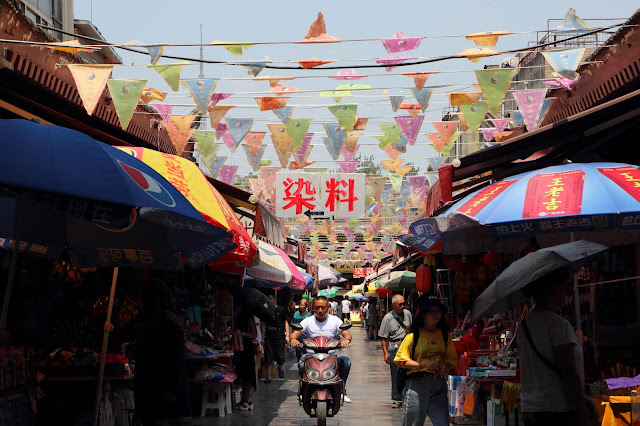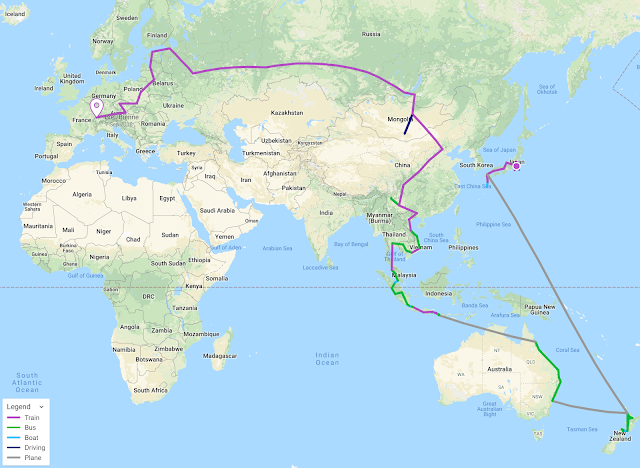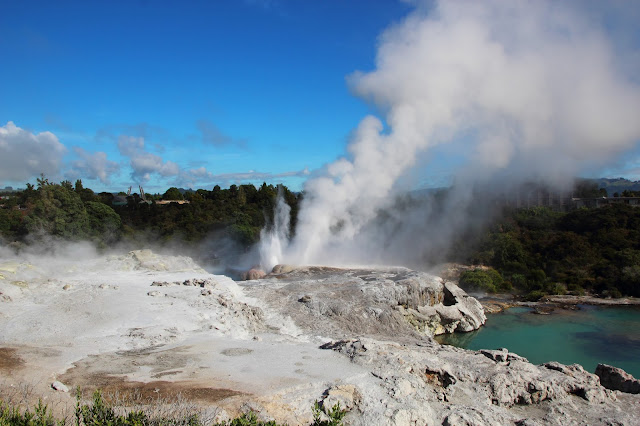Xi'an is one of the end of the silk road. This position has given the city a multicultural vibe. A friend of Switzerland joined me in China for a week and a half. We stayed in the Muslim quarter. It's inhabited mainly by the Hui people. They are the descendants of the Persian and Arab merchants and still practice Islam. Since they where well integrated into the Chinese culture and marriage with the Han were frequent, it's hard to differentiate a Hui from a Han if it wasn't for their clothes. Men's wear white caps and women wear scarfs. They also have developed their own cuisine and it's delicious. The Muslim quarter is always bustling with people and I would really recommend staying there.
Another attraction in Xi'an is the wall that protected the old city. You can walk on it and go around the city. But of course the main reason travelers come to Xi'an is to see the Terracotta Army. The site is located outside the city and can be reached by public bus. They leave from the main train station. Like other touristic attraction in China it's crowded. We left early to be there at the opening. Another traveler gave me the tip to rush to the smallest pit first (Pit 3), because the tour group goes to the biggest pit first (Pit 1). It was a good advice and we had time to see the terracotta warriors with less people. The terracotta army was impressive, but ultimately I can't say it was one of the highlight of my China trip. Too crowded and too expensive for what it is.
 |
| Muslim mosque that looks like a Buddhist temple. |
 |
| The streets of the Muslim quarter. |
 |
| Terracotta army with the crowd of tourist on the right. |
 |
| Guangren Tibetan monastery. |
 |
| Prayer wheels in Guangren Tibetan monastery. |
 |
| Center of Xi'an with a Starbucks and a Rado commercials. |










Comments
Post a Comment